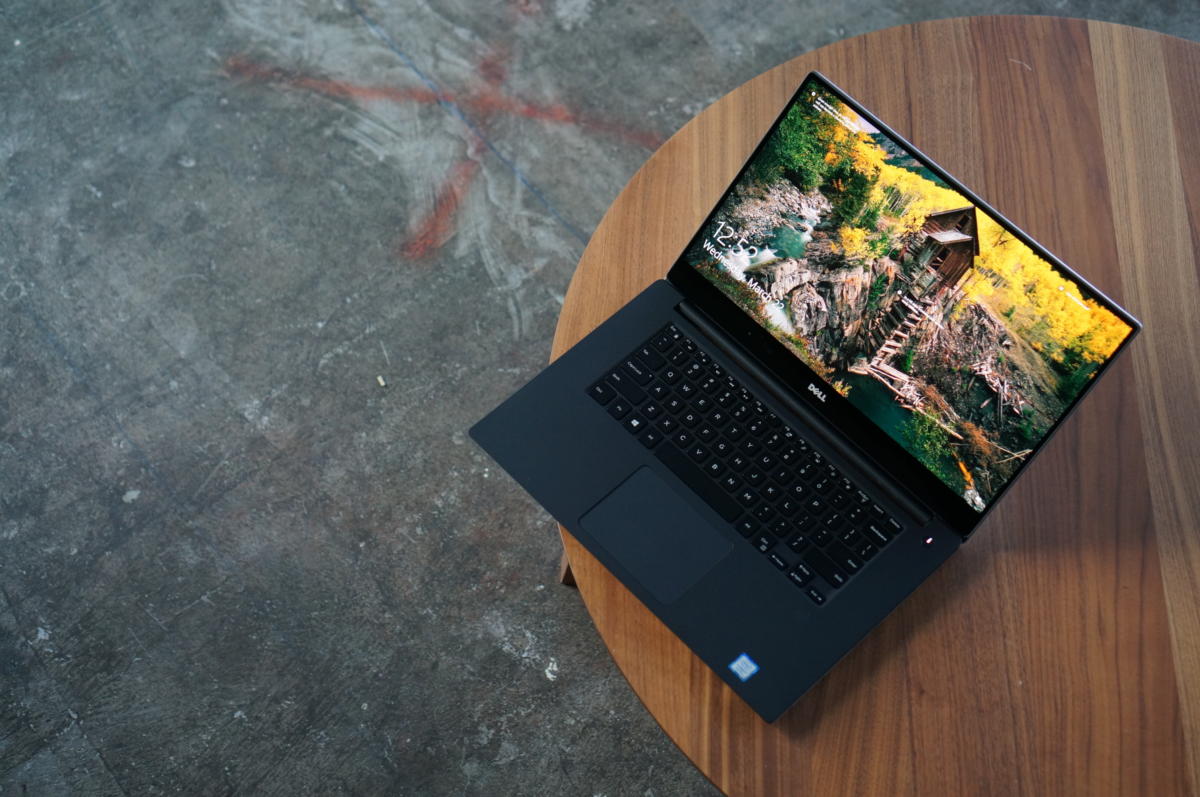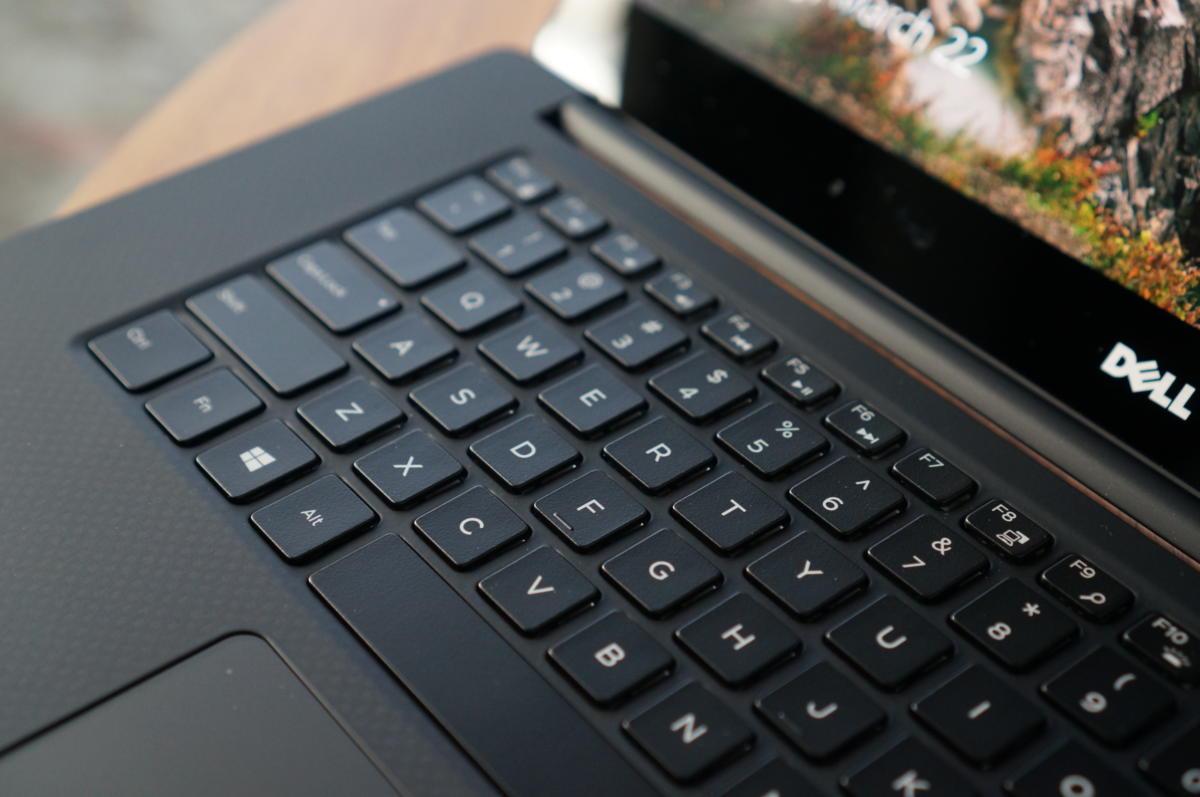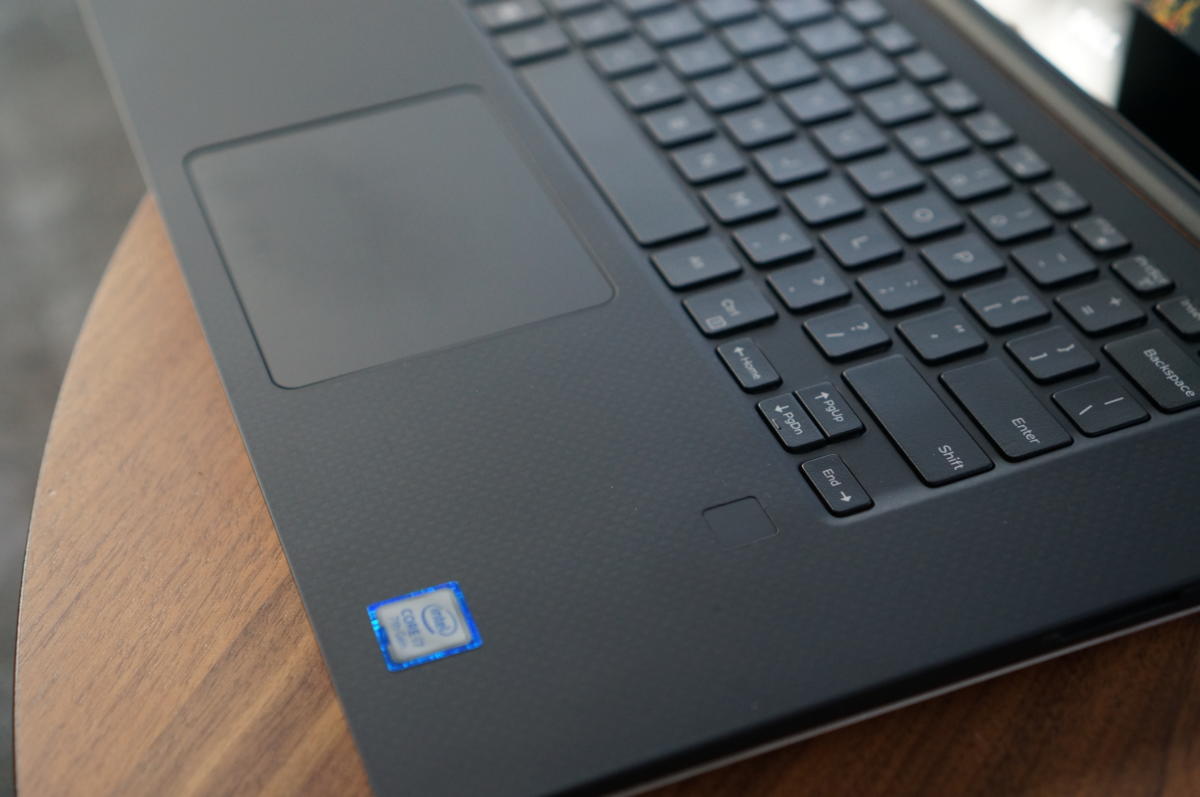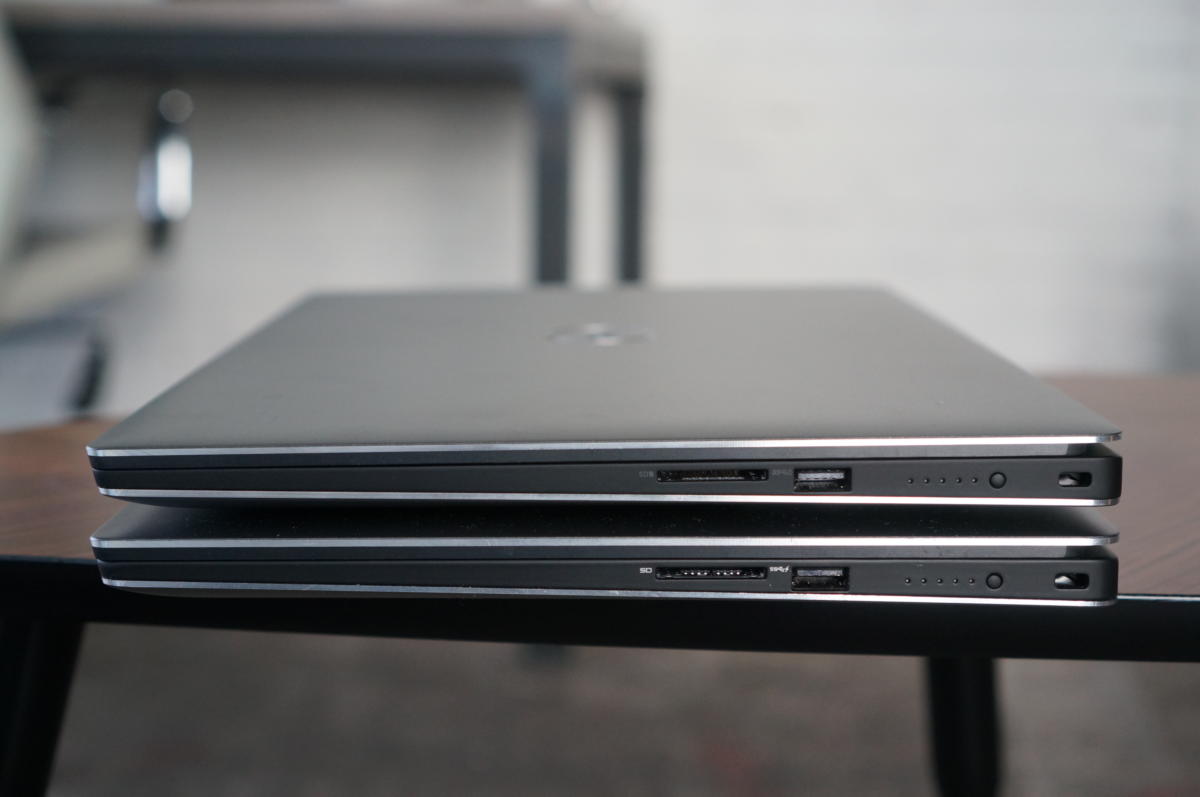
Dell’s XPS 15 is proof that iterations—no matter how small—still matter. Externally, even owners of the previous XPS 15 would be hard-pressed to tell the difference between new and old.
The ports are the same, the keyboard and the trackpad are the same and, well, just about external thing with the XPS 15 looks identical. Yet the internal changes make this year’s XPS 15 a markedly better laptop than last year’s.

IDG/Gordon Mah Ung
It’s what’s inside that counts
The main difference with the latest generation XPS 15 is, of course, inside. While the previous version sported a 6th-generation quad-core Intel Skylake CPU paired with an Nvidia GeForce GTX 960M, the latest iteration notches up to a quad-core 7th-gen Kaby Lake chip, and graphics upgrades itself to a GeForce GTX 1050.
Besides the Core i7-7700HQ CPU and GTX 1050, Dell has also given the XPS 15 an optional Windows Hello-compliant finger print reader. It’s not the horrible swipe-style reader of yesterday that always took four attempts to work. It’s a modern, full-fingerprint pad reader similar to what you’d find on phones and tablets.

IDG/Gordon Mah Ung
Our test unit comes equipped with a 15.6-inch 4K UHD screen. With its near edge-to-edge “InfinityEdge” display, and glossy Gorilla Glass NBT protective layer, the IGZO panel is truly stunning to behold. The near bezel-less design does, unfortunately, banish the integrated webcam to the bottom of the panel, as well as prevent the XPS 15 from integrating a near infrared (IR) camera for Windows Hello support. Consider the fingerprint reader your consolation prize.
Also featured in our test unit are 16GB of DDR4/2400 in dual-channel mode and a 512GB Lite-On CX2 NVMe M.2 SSD. The drive uses MLC flash rated at 2.5GBps reads and 1.2GBps writes. On CrystalDiskMark 5.2 we saw about 2.1GBps reads and 1GBps writes.
The other change from the prior generation is an increase in battery capacity, to about 97WHr from the previous model’s largest battery of 84WHr. That’s just shy of the largest lithium ion cell you can carry on a plane legally.

IDG/Gordon Mah Ung
[Source”pcworld”]







